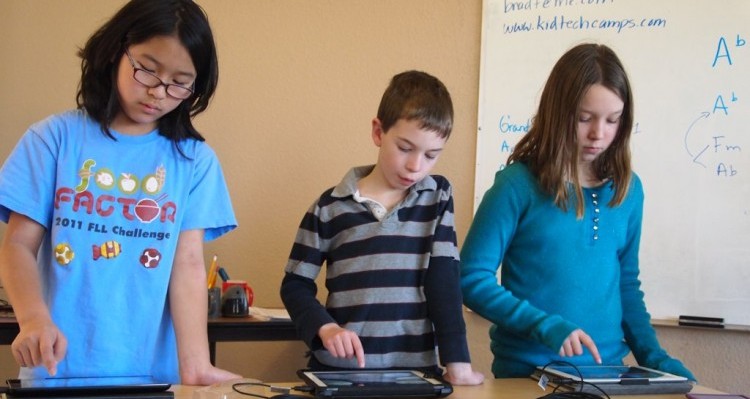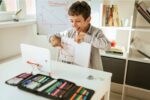Big data is a big industry. The McKinsey Global Institute reports that, by 2018, the U.S. will see an increase of 140,000 to 190,000 people lacking deep analytical skills and nearly 1.5 million managers lacking the big data skills and knowledge to make effective decisions. Increasingly, reputable universities offer big data degrees to fill the big data gap. How does big data affect K–12 education? Here is how it already improves education quality.
Big Data Provides Insight into How Kids Learn
According to Adriene Hill, states received more than $600 million in federal funding to create student databases in the past decade. In the article, Stephen Balkam, head of the Family Online Safety Institute, says tracking students from kindergarten to graduation gives everyone “a much greater handle on what’s working, what’s not working, what needs to be added to the curriculum.” Data provides insight for teachers and educational software companies to instruct students effectively. Hill explains, “. . . all that data can be used to tailor lessons to individual kids, to their strengths and weaknesses. They will become better learners, and that will lead to higher grades and better graduation rates.”
Effective Data Improves Student Achievement
Aimee Guidera of the Data Quality Campaign explains that big data improves student achievement. She says using quality data can “inform our strategies, policies, and especially practices in schools and classrooms. Longitudinal data—data following individual students over time—allows us to personalize learning for every child. . . . We are gathering evidence that when educators are empowered to use data effectively, student achievement improves.” Oregon is one state that invested in training educators to use data and saw positive results as teachers used data to make instructional decisions and closed the achievement gap.
Big Data Shapes Lessons
Teachers effectively use data in shaping lessons with computer-driven adaptive learning. The student performance data help teachers develop student learning plans. The software also adapts to ensure students receive tailor-fit learning challenges. Teachers differentiate lessons, and students get effective lessons, because of data. Physical education teachers also use data to shape lessons. As childhood obesity and type 2 diabetes concern the nation, teachers use programs to improve students’ health and learning capabilities. Data collection from wearable devices and smart heart-rate monitors also allows teachers to tailor physical education lessons to students.
Big Data Is an Essential Component of Education
Guidera puts it best: “Data are critical to this new world of personalized learning. . . . Armed with these data, parents can make the best education choices for their kids, and teachers and schools can tailor instruction and target interventions where needed.” Education must equip students to compete globally and prepare for the 21st century. Schools, parents, and teachers must use big data to shape lessons and foster innovative education.
K12’s Relationship with Big Data
K12 understands that students’ learning is too important to leave to chance. That’s why K12 uses data from Scantron testing to place students. In fact, K12 shapes its lessons to kids to increase their understanding and achievement. For more information, visit K12.com, Find A School and Enroll, or sign up to receive free info. If you are looking to choose a program or school for your student, check out K12’s K–8 Program, High School Program, Online Public School, or Online Private School.






















































































































